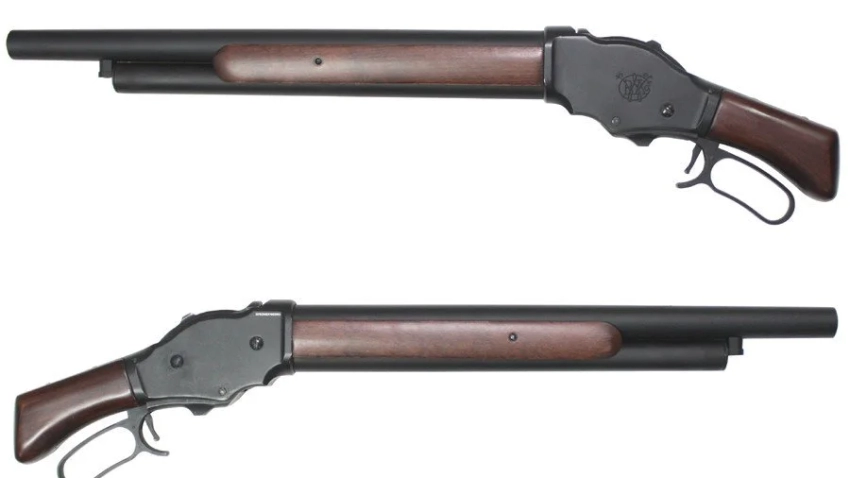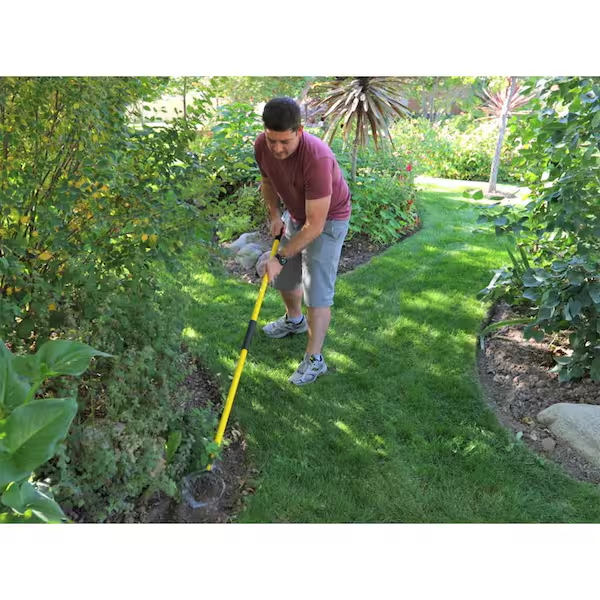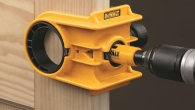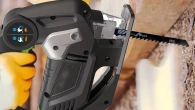
The Appeal of Shortened Shotguns
The image of a sawed-off shotgun is ingrained in popular culture. From gritty crime films to zombie apocalypses, it’s a weapon synonymous with close-quarters combat and raw power. But why do people actually saw off the barrels of these shotguns, sacrificing range for a different set of advantages? Let’s delve into the reasons behind this intriguing, and often illegal, modification.
Concealability: The Primary Motive
Undoubtedly, the top reason for sawing off a shotgun is to make it easier to hide. A standard shotgun’s length makes it cumbersome to conceal. Criminals seeking a discreet weapon for robberies or self-defense in tight spaces, like a car or alleyway, find the sawed-off version far more manageable. It can be tucked under a coat, hidden in a backpack, or even strapped to the leg. This portability, however, comes at a cost.
Loss of Range and Power: A Trade-Off
Contrary to popular belief, sawing off a shotgun doesn’t necessarily increase its power. In fact, it does the opposite. A shotgun’s barrel plays a crucial role in propelling the shot pellets. By shortening the barrel, you reduce the distance the pellets have to travel and accelerate. This translates to a significant decrease in effective range. While devastating at close quarters, a sawed-off shotgun loses its punch beyond a few meters.

Maneuverability in Confined Spaces
However, the reduced length of a sawed-off shotgun offers a distinct advantage in confined spaces. In situations where navigating tight corners or engaging in close-combat is necessary, the shorter weapon becomes easier to handle. This can be appealing for those envisioning self-defense scenarios within their homes or vehicles. But it’s important to remember that using a firearm in such close quarters can be incredibly dangerous, with a high risk of accidental injury to both the user and others.
Psychological Impact: Intimidation Factor
Beyond its practical uses, a sawed-off shotgun can be a psychological weapon. Its menacing appearance and association with criminal activity can have an intimidating effect. The close-range, brutal nature of the weapon’s potential use can instill fear in an opponent, potentially serving as a deterrent without ever needing to be fired.
The Illegality of Sawed-Off Shotguns: A Legal Gray Area
It’s crucial to acknowledge the legal implications of sawing off a shotgun. In many countries, including the United States, modifying a firearm in such a way is illegal. The shortened barrel length often falls below the minimum legal requirement, making the weapon classified as a “short-barreled shotgun” which carries stricter regulations and potential penalties for possession.

Alternatives to Sawed-Off Shotguns: Exploring Safer Options
For those seeking a firearm for self-defense within their homes, there are safer and more legal alternatives to a sawed-off shotgun. Compact shotguns with shorter, legal-length barrels are readily available and offer a balance between concealability and power. Additionally, exploring non-lethal self-defense options like pepper spray or alarms can be a safer and less-escalating approach.
The Cultural Portrayal of Sawed-Off Shotguns: Fact vs. Fiction
Popular media often romanticizes the sawed-off shotgun, portraying it as a powerful and unstoppable weapon. However, the reality is far less glamorous. The loss of range and increased risk of collateral damage make it a poor choice for most situations.
The Social Impact of Sawed-Off Shotguns: A Cycle of Violence
The ease of concealment associated with sawed-off shotguns makes them appealing in criminal circles. Their presence can contribute to a cycle of violence, particularly in areas with high crime rates. This furthers the negative stigma surrounding these modified weapons.

The Future of Sawed-Off Shotguns: A Continued Debate
The debate surrounding sawed-off shotguns is likely to continue. While some argue for stricter regulations to curb their availability, others believe responsible gun ownership should allow for modifications as long as they comply with the law. Ultimately, striking a balance between safety, personal protection, and responsible gun use remains a complex challenge.
Criminal Use of Sawed-Off Shotguns
While data specifically on sawed-off shotguns in crime is difficult to find, here’s what we know about their criminal use:
Appeal to Criminals:
- Concealment: As discussed before, the primary reason for using sawed-off shotguns in crime is their compact size. This allows easier hiding under clothes or in bags, making them ideal for surprise attacks.
- Intimidation: The intimidating appearance can be a powerful tool, regardless of the weapon’s effective range.
- Stopping Power (at close range): At close quarters, a sawed-off shotgun can be very effective due to the spread of pellets inflicting serious injuries.
Challenges with Data Collection:
- Modification: Since a sawed-off shotgun isn’t a specific firearm model, but rather a modification of an existing one, crime data doesn’t usually differentiate between the two.
Possible Sources of Information:
- Law Enforcement Reports: While not a national source, some local law enforcement agencies might include details about the firearm used in their reports, which could provide some insights.
- Academic Studies: Research on firearm violence might analyze types of guns used in crimes, though differentiation between standard and sawed-off shotguns might still be an issue.
Facilitating illegal activities such as robberies and home invasions
Sawed-off shotguns are particularly attractive for illegal activities due to the reasons we discussed earlier:
-
Concealability: Their compact size makes them ideal for hiding under clothing or in small bags, allowing criminals easier access to a weapon during a crime and potentially surprising their victims.
-
Intimidation: The short and brutal appearance of a sawed-off shotgun can be a powerful tool for intimidation, even if the effective range is limited.
-
Stopping Power (at close range): Despite the reduced range, at close quarters a sawed-off shotgun can still be devastatingly effective. The spread of the pellets can inflict serious injuries, making it a dangerous weapon in the wrong hands.
These factors combined make sawed-off shotguns a real concern for law enforcement and a reason why they are often associated with robberies, home invasions, and other violent crimes.
Influence on gun control discourse
People saw off shotguns for two main reasons:
-
Concealment: The biggest advantage of a sawed-off shotgun is its compact size. By shortening the barrel and sometimes the stock, it becomes much easier to hide under a coat or in a bag. This makes them appealing for criminal activity.
-
Limited Use Cases: (Less common) In some rare instances, a sawed-off shotgun can be useful in very close-quarters combat situations. The military has limited use for these due to other options, but the idea pops up occasionally.
However, sawing off a shotgun comes with downsides:
-
Reduced Range: A shorter barrel means the pellets from the shotgun shell lose velocity faster. This significantly reduces the effective range of the weapon.
-
Increased Danger: Sawed-off shotguns are often inaccurate and can be more dangerous to the user due to the increased muzzle blast.
Influence on Gun Control Discourse
Sawed-off shotguns are often portrayed as dangerous and criminal weapons in fiction. This can influence the gun control debate by:
-
Highlighting the ease of modification: They serve as an example of how a legal firearm can be easily converted into a more concealable and potentially more dangerous weapon.
-
Fueling concerns about illegal gun use: The association with crime reinforces arguments for stricter gun control laws to keep firearms out of the wrong hands.
It’s important to note that sawed-off shotguns are illegal in many places due to the ease of modification and their connection to criminal activity.
Conclusion: Beyond the Hype
The sawed-off shotgun’s allure lies in its perceived concealability and intimidation factor. However, its practicality is limited by the significant loss of range and power. Exploring safer alternatives and addressing the root causes of crime are more effective strategies for promoting safety and security.












Leave a Reply